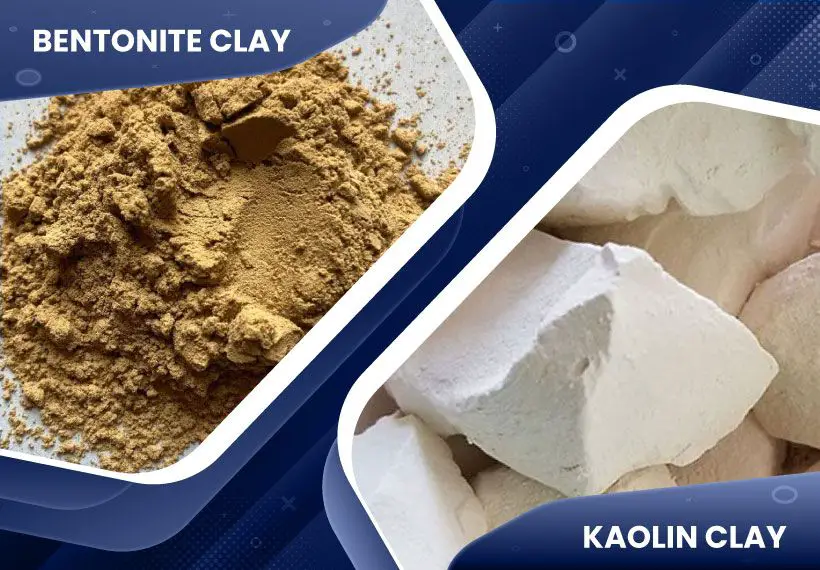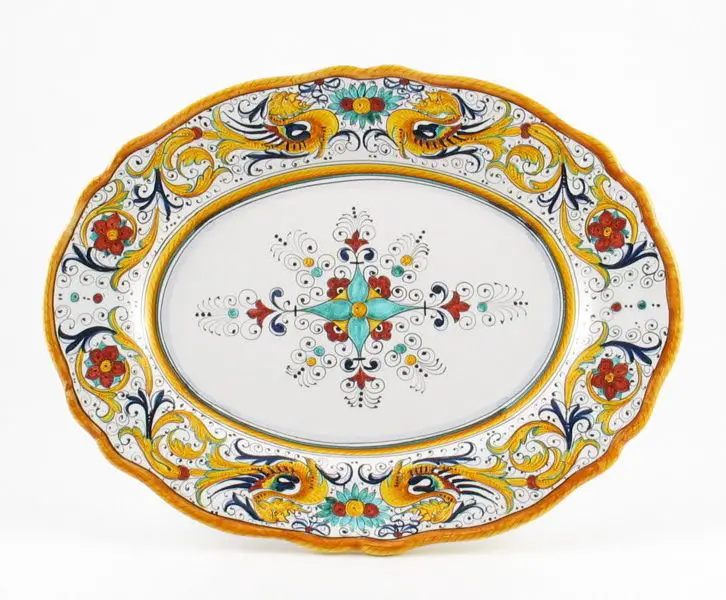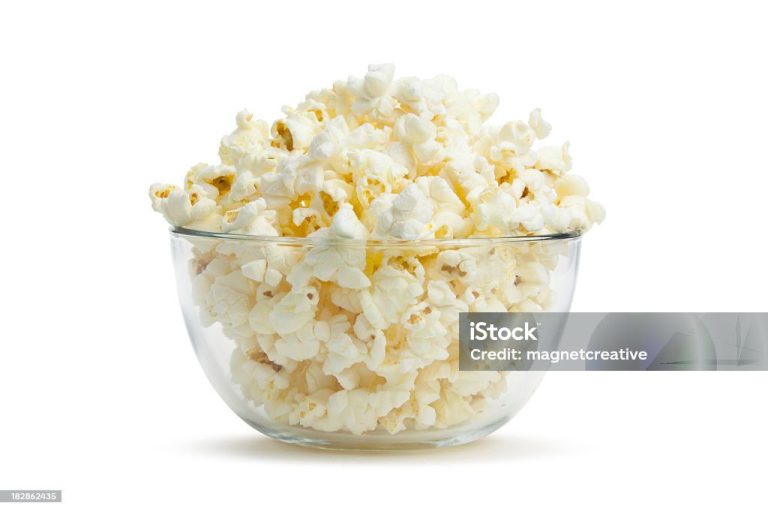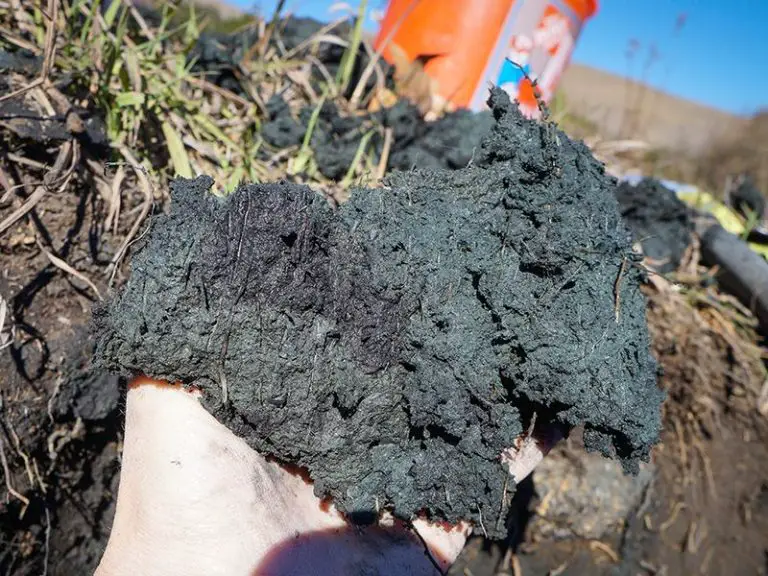Which Is Better Bentonite Clay Or Kaolin Clay?
Bentonite and kaolin are two types of clay used in skin care and other applications. Both clays come from naturally occurring mineral deposits, and they have some similarities as well as key differences.
Bentonite clay forms from volcanic ash sedimentation and has a high concentration of minerals like silica, calcium, magnesium, sodium, iron, and potassium. It’s known for its ability to absorb toxins and impurities. Kaolin clay is derived from kaolinite rock sediments and contains minerals like silica, aluminum, magnesium, and calcium. It’s considered very gentle and ideal for sensitive skin.
This article provides an overview of bentonite and kaolin clay, their skin benefits, uses, and key differences to help determine which may be better for specific applications.
What is Bentonite Clay?
Bentonite clay is a type of absorbent clay composed mostly of montmorillonite, which is part of the smectite group of clays. It forms from weathering volcanic ash in seawater, which gives it a high concentration of ions like sodium, calcium, iron, and magnesium [1]. These ions give bentonite its characteristic properties.
In terms of chemical composition, bentonite clay contains mostly silica along with alumina and trace amounts of iron, sodium, calcium, and magnesium. A typical chemical analysis shows silica at around 60-70%, alumina at 14-17%, iron at 3-5%, sodium at 2-3%, calcium at 1-2%, and magnesium at 1-1.5% [2]. The high concentration of montmorillonite and ions gives bentonite the ability to absorb water and swell.
The main properties of bentonite clay include its absorbent, swelling, and adsorbent abilities. It can absorb large amounts of water and swell up to 15-18 times its dry size. Its negative charge allows it to adsorb positively charged ions, organic matter, and other impurities. These properties make bentonite useful for applications like drilling, binding, sealing, and clarifying.
What is Kaolin Clay?
Kaolin clay, also known as China clay, is a soft white clay mineral named after Kao-ling mountain in Jiangxi Province, China where it was mined for centuries. The chemical composition of kaolin clay is Al2Si2O5(OH)4 (1). Kaolin clay’s unique chemical structure gives it some special properties.
Kaolin clay is composed of thin plate-shaped particles formed over millions of years by the chemical weathering of feldspar rocks. The kaolin particles are flat and irregularly shaped with an average particle size of less than 2 microns in diameter (2). This small particle size along with its plate-shape contribute to the smooth consistency of cosmetic clay products.
In addition to its use in cosmetics, kaolin clay has traditionally been used in the manufacture of porcelain and china, as well as in paper coating and filling applications. More recently, it is finding use in advanced ceramic applications due to its high melting temperature and white firing characteristics.

The largest use of kaolin worldwide is still in paper applications, coating and filling of paper using specialty kaolin chemical modifications. It is also widely used in refractories, technical ceramics, paint, rubber, plastic, catalyst, filtration and niche applications (2).
Overall, kaolin clay is valued for its chemical inertness, small particle size, flat shape, whiteness, non-abrasiveness, and absorbency properties.
(1) https://en.wikipedia.org/wiki/Kaolinite
(2) https://pubchem.ncbi.nlm.nih.gov/compound/Kaolin
Similarities Between the Clays
Both bentonite and kaolin clay are natural clays that come from the earth. They are formed in different ways, but have some similar properties and uses.
One of the main similarities is that both clays have absorbent properties. When mixed with water or other liquids, the clays are able to absorb oils, toxins, impurities, and excess sebum from skin. This makes them useful ingredients in skincare products like facial masks, soaps, and scrubs (Source).
In skincare, both bentonite and kaolin clay help cleanse and nourish skin. They can help draw out impurities from pores, exfoliate dead skin cells gently, and leave skin feeling smooth. Facial masks with bentonite or kaolin clay are commonly used for oily, acne-prone, or dull skin. The clays help regulate oil production and clarify complexions when used regularly.
Differences Between the Clays
The most significant difference between kaolin and bentonite clays is their absorbency levels. Bentonite clay is classified as a montmorillonite clay which means it has a stronger ability to absorb oils and impurities from the skin. The negative charge of bentonite allows it to absorb positively charged toxins, bacteria, and other impurities (source).
In comparison, kaolin clay is less absorbent. It does not draw oils and impurities out in the same way bentonite does. However, kaolin clay still provides purification benefits without being overly drying to the skin like bentonite can be (source).
The stronger absorbent properties of bentonite make it better suited for oily, acne-prone skin. Kaolin’s gentler abilities make it a good option for sensitive skin that needs gentle cleansing without over-drying.
Skin Benefits of Bentonite Clay
Bentonite clay can provide several benefits for skin health and appearance. Its absorbent properties allow it to draw out excess oils and impurities from the skin’s surface(1). By absorbing oils, bentonite clay may help reduce oily skin and acne breakouts. The clay’s adsorbent powers work like a magnet, binding to dirt and debris in the pores and removing these impurities from the skin(2).
Bentonite clay also has mild exfoliant properties. As it dries on the skin, it can gently remove dead skin cells, reducing dullness and revealing brighter, smoother skin underneath. This gentle exfoliation can also help unclog pores and tighten their appearance(3). By exfoliating and absorbing excess oils and impurities, bentonite clay may help minimize the occurrence of acne breakouts.
Overall, bentonite clay can clarify, brighten, and rejuvenate the skin by absorbing oils, gently exfoliating, and tightening the appearance of pores. This makes it an effective remedy for oily, acne-prone complexions.
Skin Benefits of Kaolin Clay
Kaolin clay offers several benefits for skin due to its mild absorbing properties. Unlike bentonite clay, kaolin clay absorbs oils and impurities less aggressively, making it suitable for sensitive skin types (1). It can help draw out impurities without over-drying the skin.
One of the main kaolin clay skin benefits is that it soothes irritated skin. Its mild nature means it does not strip the skin of natural oils but still gently exfoliates and cleanses. This makes it helpful for conditions like eczema, rashes, bug bites, minor wounds, and sensitive skin (2). The kaolin clay benefits also include reducing skin redness and inflammation.
In addition, kaolin clay may boost skin cell regeneration. A study found that natural clays including kaolin have bio-active compounds that stimulate skin cell renewal, collagen production, and formation of new blood vessels in skin (3).
Sources:
(1) https://www.shoprootscience.com/blog/kaolin-clay-for-skin
(2) https://skinkraft.com/blogs/articles/kaolin-clay-for-skin
(3) https://pubmed.ncbi.nlm.nih.gov/25808106/
Other Uses for Bentonite Clay
Bentonite clay has several uses beyond skin care. Some of its most popular uses are:
Internal Detox: Bentonite clay can be ingested to help remove toxins and impurities from the digestive tract. It is considered a natural detoxifier. According to a study published in the Journal of International Society of Sports Nutrition, bentonite clay can help remove heavy metals and toxins from the gut when combined with psyllium husk [1].
Cat Litter: Due to its absorbent properties, bentonite clay is commonly used as cat litter. The clay absorbs moisture and odors, making it an effective litter substrate [2].
Construction: In construction, bentonite clay is used as a sealant and bonding agent. When mixed with water, it can seal spaces and cracks in walls and foundations. It is also used to create clay barriers in landfill linings [3].
Other Uses for Kaolin Clay
In addition to its skin care benefits, kaolin clay has some other notable uses including:
Kaolin clay is an essential ingredient in the production of porcelain and ceramic products. The soft white clay is mixed with other minerals and fired at high temperatures to create high-quality porcelain items like dinnerware, sanitary ware, electrical insulators, and more.
It is also used extensively in the paper industry as a coating and filler. Coating paper with kaolin clay gives it a glossy sheen and creates a smooth surface for printing. Adding it as a filler improves opacity, brightness, and printability.
The clay is utilized in some medicines and pharmaceutical products as an inert carrier or excipient. It helps deliver the active ingredients and aid the manufacturing process.
Which Clay Is Better?
In summary, both bentonite and kaolin clay offer skin benefits, but they have some key differences:
- Bentonite clay is more absorbent and better at drawing out impurities from skin. It’s better for oily, acne-prone skin.
- Kaolin clay is milder and better for sensitive or dry skin. It’s gently absorbent without being too harsh.
- Bentonite clay has higher metal oxide content, giving it a stronger negative charge to bind to positively charged toxins.
- Kaolin clay is often preferred for facial masks since it’s less drying than bentonite.
- Bentonite clay has a wider range of uses beyond skin care, like oral health and digestive health.
- Kaolin clay is preferred for light exfoliation and stimulating circulation.
Overall, bentonite clay is the better choice if your main goal is deep pore cleansing and drawing out impurities. But if you have dry or sensitive skin and want a gentle clay, kaolin is likely the better option.
Consider your own skin type and needs when deciding between these two types of clay. It’s also fine to use both, choosing kaolin for some purposes and bentonite for others.



